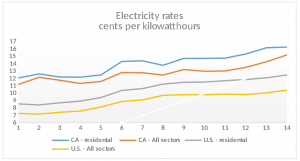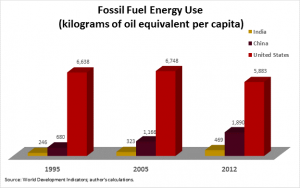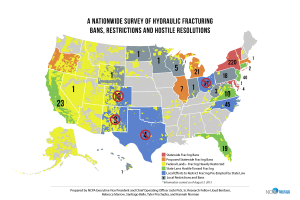New Study Looks at Lifting the Crude Oil Export Ban
According to a new report out from the United States Energy Information Administration:
Recent increases in domestic crude oil production and the prospect of continued supply growth have sparked discussion on the topic of how rising domestic crude oil volumes might be absorbed, including the possibility of removing or relaxing current restrictions on U.S. crude oil exports.
Current laws and regulations allow for unlimited exports of petroleum products, but require licensing of crude oil exports.Through the first five months of 2015, crude oil exports averaged 491,000 b/d. In addition, exports of processed condensate through the first five months of 2015 are estimated to have reached an average of 84,000 b/d.
- The discount of West Texas Intermediate (WTI) crude to North Sea Brent, the latter a key marker for waterborne light crudes, is expected to increase to more than $10/b in cases where current crude oil export policy is maintained and domestic production reaches or exceeds about 11.7 million b/d by 2025.
- In cases where the Brent-WTI spread grows beyond $6/b–$8/b, removal of current restrictions on crude oil exports would result in higher wellhead prices for domestic producers, who would then respond with additional production.
- Petroleum product prices in the United States, including gasoline prices, would be either unchanged or slightly reduced by the removal of current restrictions on crude oil exports.
- Combined net exports of crude oil and petroleum products from the United States are generally higher in cases with higher levels of U.S. crude oil production regardless of U.S. crude oil export policies. However, crude oil export policies materially affect the mix between crude and product exports, particularly in the HOGR and HOGR/LP cases, which have high levels of domestic production.
- Refiner margins (measured as the spread between crude input costs and wholesale product prices), which tend to increase as the Brent-WTI spread widens, would be lower without current restrictions on crude oil exports than with them in high-production cases where export restrictions lead to a widening Brent-WTI spread.
Although unrestricted exports of U.S. crude oil would either leave global crude prices unchanged or result in a small price reduction compared to parallel cases that maintain current restrictions on crude oil exports, other factors affecting global supply and demand will largely determine whether global crude prices remain close to their current level, as in the Low Oil Price case, or rise along a path closer to the Reference case trajectory.


